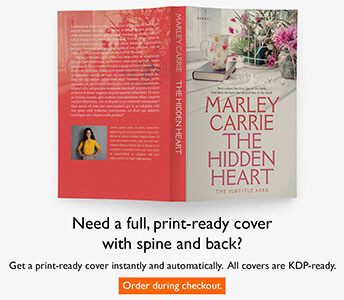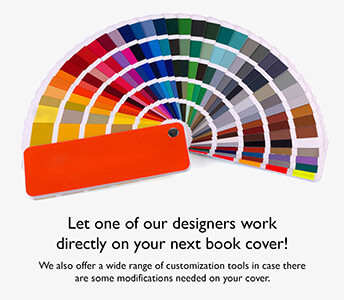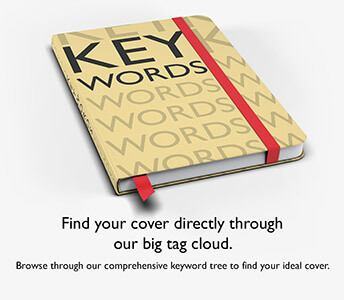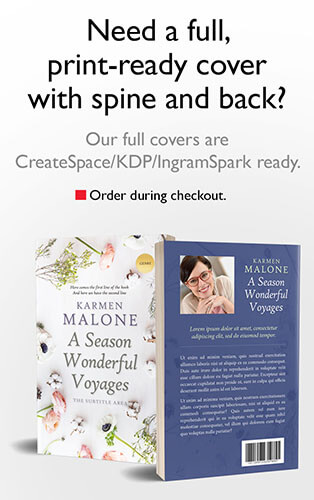Most fiction and text-heavy books use uncoated paper for the inside pages and coated paper for the book cover. Recipe books, photo albums, and generally all coffee-table books, on the other hand, will go with a coated paper. Paper choice in the publishing industry is generally referred to as “paper stock” or just “stock”. Choosing the right paper affects not only the cost of your book but also its aesthetic value. Each type of paper has its pros and cons and one type isn’t necessarily better than the other.
Coated vs. uncoated paper
When selecting a paper stock for your book it is important to understand the difference between coated and uncoated paper. On uncoated paper, the ink soaks into the paper and has a softer, warmer appearance. When you look closely at an uncoated paper you will see little paper fibers sticking up from the sheet. This gives the paper a natural feel and also helps absorb the ink better. It makes the paper lighter, easier on the eye, and will generally feel more eco-friendly to the consumer. Uncoated papers have an inherent warmth and tactility to them. However, there are downsides. Those little paper fibers that stick up can make the type and photos more blurry as the ink will spread out once it touches the paper. This will not be a problem if there is an average text size (around 12pnt), a typical typeface, and few or no images or illustrations in the book. However once the point size goes below 5 points or fonts with strong contrast are used or when there are a lot of illustrations involved, things start getting messy. In these cases, coated papers become a better choice. Coated papers have a coating on them (typically clay), so they’re “sealed”, meaning the ink won’t spread out. Almost all cookbooks, most children’s books (with pictures), and generally all coffee-table books prefer to go with coated paper. Coated paper stocks are used where high-quality image reproduction is required, as it will increase smoothness and ink holdout offering crisp, sharp results with a cool, slick feel. The colors will be brighter, the overall feel will be more high-quality. It will provide an excellent canvas for images with fine detail. A coated paper’s ingredients also have substantial differences, as the materials used will generally include naturally white minerals such as Kaolinite (the clay used to produce porcelain ceramics) or calcium carbonate. This will make the paper heavier and feel more expensive.
The color of paper
Then there is also the matter of paper color. While uncoated paper will generally have a cream color, coated paper stocks generally come in white. There are white alternatives to uncoated papers, just as there are creamy shades in coated paper, but the majority of uncoated books in your bookshelf will have that soft, creamy color. This is an advantage if the main aim of the book is reading large chunks of texts. The creamy color and the black ink result in a smoother contrast, which means less restrain on the eyes, making it easier to read for hours at a time. White paper on black ink, on the other hand, will create a strong contrast and while it may look better at first glance, once you start reading it will be more tiring to the eyes. This is the reason why book publishers normally prefer uncoated paper stock on novels. For self-help, motivational, autobiographies, history books, or any other genre that has pictures and text together the general tendency is to go with uncoated but white (not cream) paper as this is a compromise on all fronts. It’s easier on the eye (but not as easy as the creamy color) and you get an overall good quality (but not as good as a coated paper) for images and illustrations.
In the end it all comes down to basic preferences. Do you want a book that feels “more natural” or one that stands out with crisp images, a firm grip and looks more endurable. Are you writing a novel or a coffee table book? If you’re not sure about which paper type to use, go to a bookstore to see what paper types are being used in the same genre of your book.







